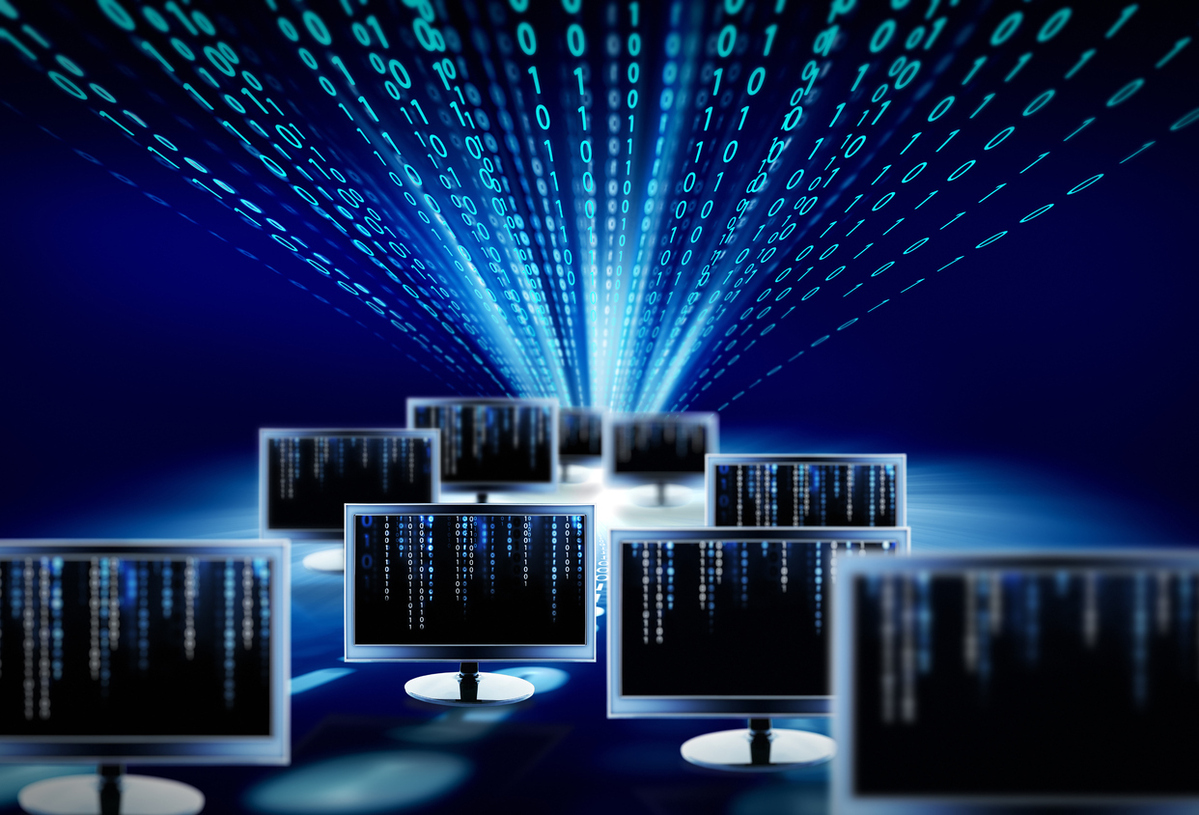Source: mesalliance.org
Amid the increase in remote work that has been necessitated globally by the COVID-19 pandemic, media and entertainment companies have an option to securely and affordably enable their employees to remotely connect to their workstations, according to Microsoft Azure, Teradici and Advanced Micro Devices (AMD).
“Remote work – working from home – is a challenge for all of us right now,” John McVay, director of strategic alliances at Teradici, said April 16 during the webinar “Remote Work: Secure and Affordable GPU-partitioning in the Cloud.”
However, Teradici Cloud Access Software enables end users to securely access their desktops in the cloud with the same experience from wherever they are, he pointed out.
AMD Radeon Instinct partitionable graphics processing units (GPUs) on Microsoft Azure’s cloud platform, meanwhile, can be used to scale workloads efficiently and affordably, according to Microsoft Azure product manager Vijay Kanchanahalli and AMD technical marketing lead Adam Glick.
“While we are a remote technology company, the challenges of suddenly having a completely distributed workforce are as much a challenge for us as for all of you probably,” Teradici’s McVay told viewers.
“Our engineering teams, our product marketing teams [and] our management teams are used to being able to collaborate in the same space,” he noted. Although Teradici helps enable the technology that makes remote work possible, “it’s not lost on us that that interaction – the ability to maintain those connections [and] maintain that end user experience of the tools that I’m used to using in the office are just as important” while working in a remote office setting, he said.
As just one case in point, many news anchors have been forced to broadcast remotely from their home offices, he noted, adding: “That’s a major challenge that COVID-19 introduced that has required very rapid response.”
Additional industry pressures in media and entertainment that existed even before the coronavirus included: heightened consumer expectations, a digital content explosion, squeezed production schedules, seasonal production volatility, limited local artistic talent, out-of-state and offshore tax incentives, content security compliance, expensive downtown real estate, a shift to central storage, and the attraction of cloud render services, according to Teradici.
Other challenges, meanwhile, now include “enabling remote workers … with large-scale data pools that they need [and] maybe working with 3D and other types of design applications,” security of that environment, and connection limitations, McVay said.
Advantages of Teradici’s solutions include: secure remoting and endpoint architecture, the ability to use any device, wide platform flexibility and complete multi-cloud support, and ease of deployment and management, according to the company.
Teradici work-from-home solutions include on-premises work-from-home options using Teradici Cloud Access Software and Azure work-from-home options with Cloud Access Software, McVay noted.
Teradici is offering special three-month subscriptions to its Cloud Access Software to support remote work and business continuity requirements as part of a temporary offer available through June 30, he said, noting it is normally a one-year license.
There are, meanwhile, three main advantages of using Azure, according to Kanchanahalli: the fact that it is available in 54 regions globally and growing, which allows for “very minimal latency”; Microsoft’s security, including the Microsoft Cyber Defense Operations Center, its 3,500 full-time security professionals and $1 billion annual cybersecurity investment; and its 91 compliance offerings.
His Azure Specialized Compute team focuses on three areas: high-performance computing, artificial intelligence and machine learning training, and graphics and virtualization workloads, he pointed out.
From task workers to designers, many everyday applications rely on GPU acceleration to deliver a responsive user experience to maximize productivity, according to AMD’s Glick.
Many everyday applications rely on GPU acceleration to deliver responsive user experiences and maximize productivity. Traditional central processing unit (CPU)-only virtual machines (VMs) often struggle to keep up with modern applications, leading to frustrated users as their productivity declines, while deploying GPU-accelerated, on-premises virtual environments can be too costly.
In the virtualized world, only two options have been available: Traditional CPU-only VMs that are the most cost-effective, but struggle with modern applications; and GPU-accelerated VMs that could be configured and priced to deliver a full GPU experience, Glick said.
Microsoft Azure, however, now offers NVv4 instances powered by AMD Radeon Instinct GPUs that can be partitioned. The NVv4 brings “true” modern desktops and workstations to the cloud, Glick said.
That is important because: it allows the GPU resource to be split to meet different workload requirements; single-root input/output virtualization (SR-IOV) technology delivers predictable performance for users; and it is hardware-based, so it’s a license-free discrete GPU experience.

